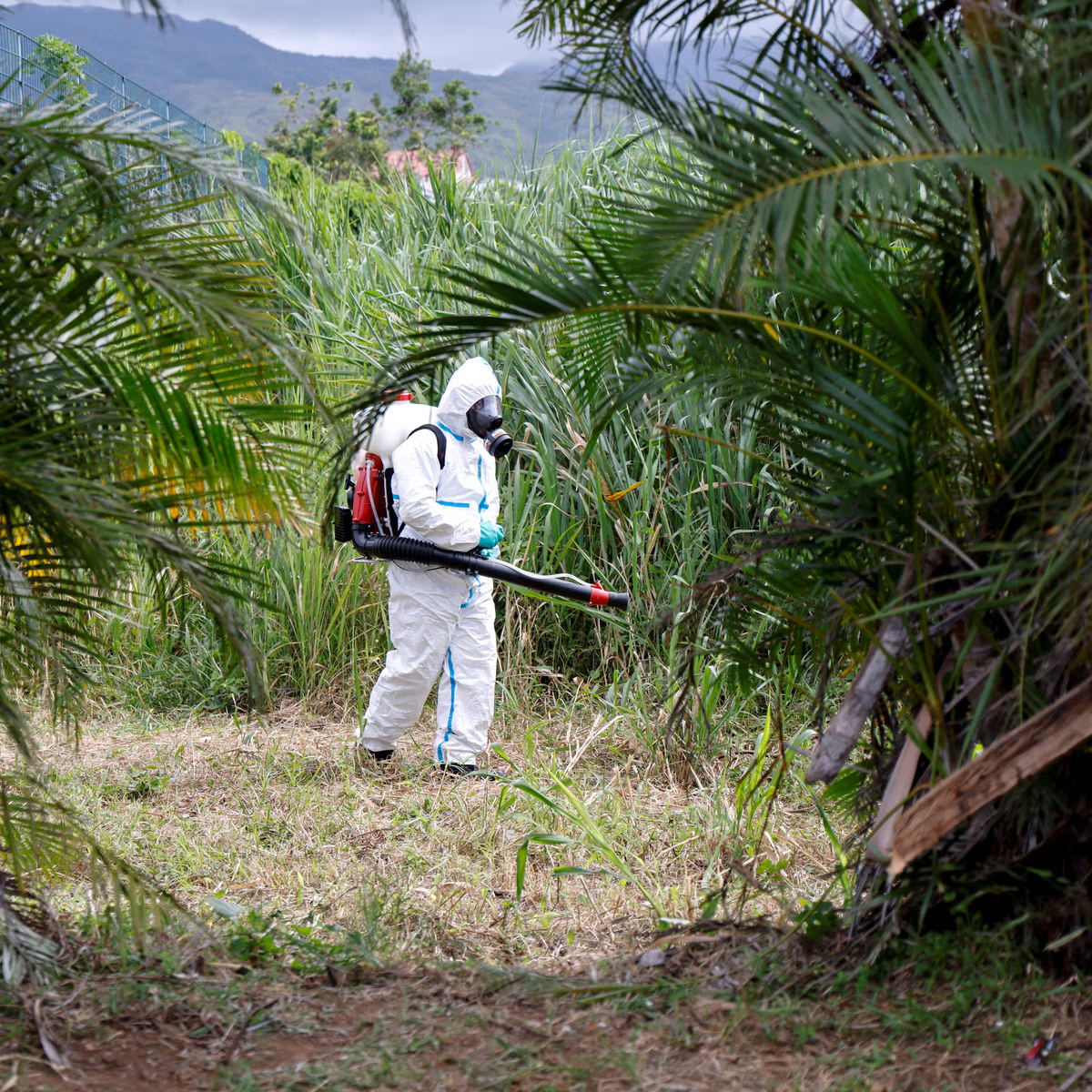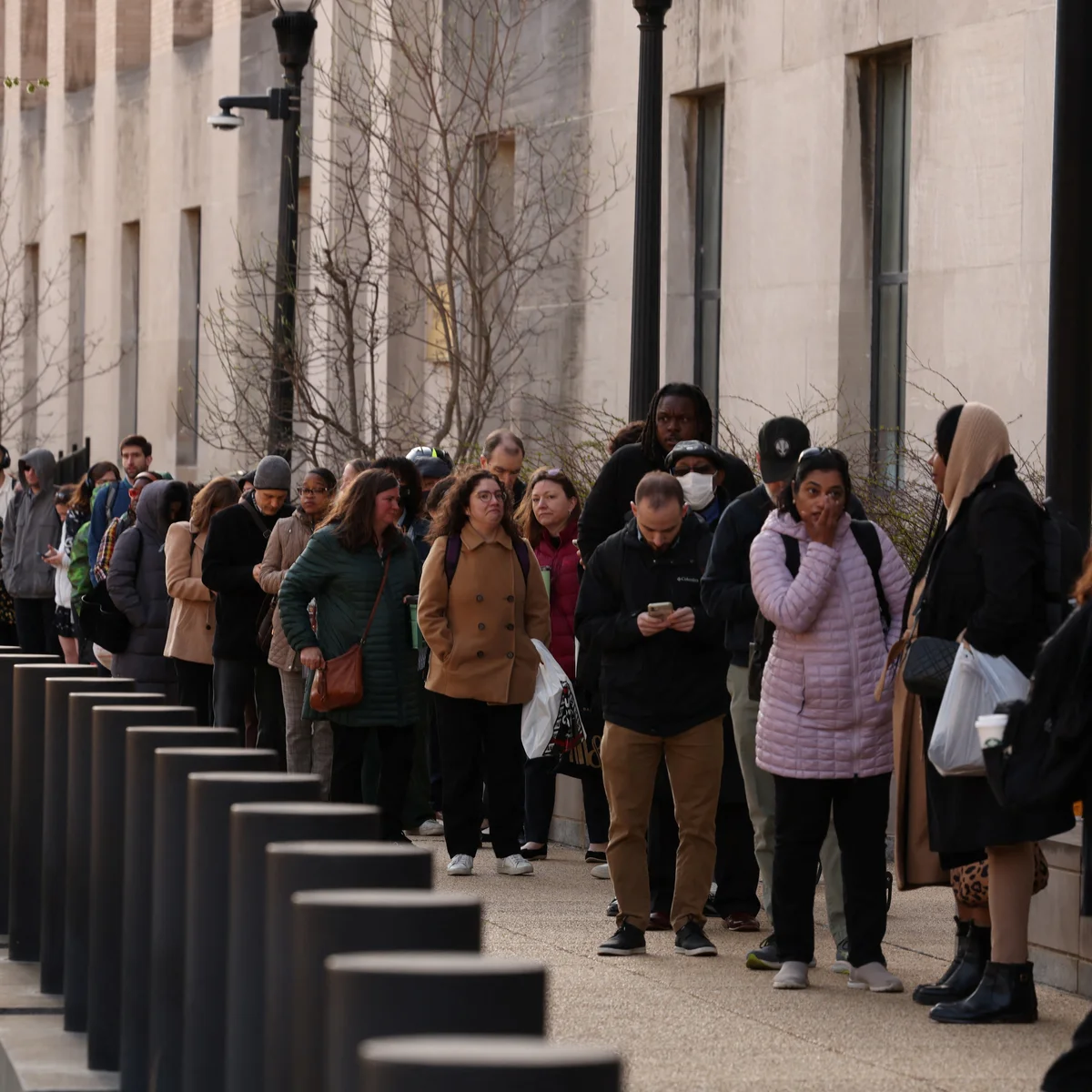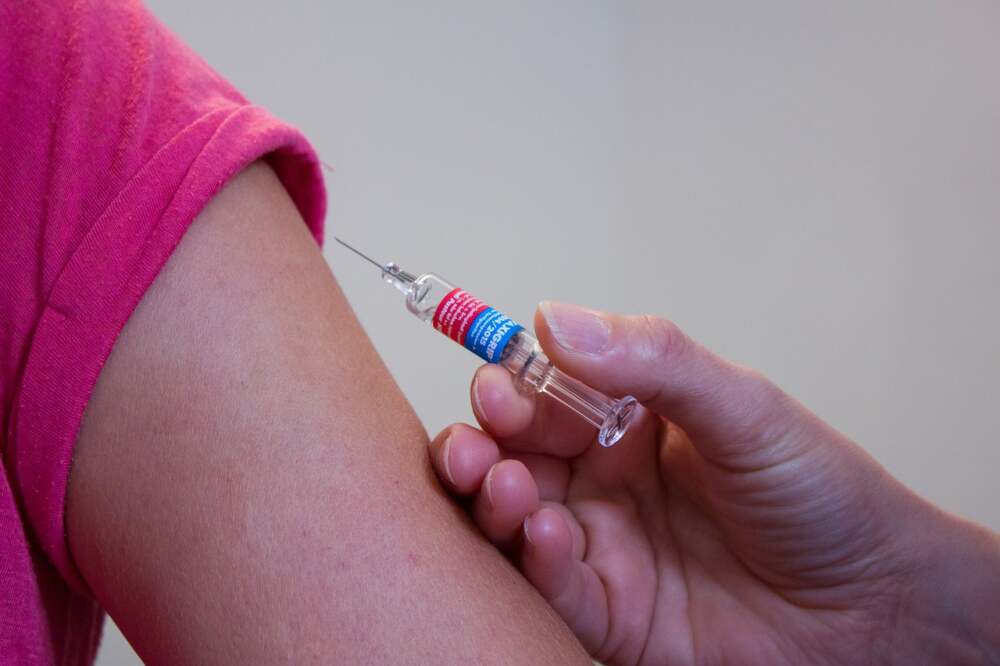Southern China is currently facing a significant public health challenge as the chikungunya virus continues to spread rapidly across several cities in Guangdong province. Health authorities have reported thousands of confirmed infections, prompting an urgent response to contain the mosquito-borne illness.
Alarming Spike in Infections
The epicenter of the outbreak is the city of Foshan, located near the manufacturing belt of the Pearl River Delta. Within weeks, health officials have identified over 7,000 cases, with more suspected across surrounding areas. Local hospitals are treating a steady influx of patients, many of whom are experiencing intense joint pain, high fever, headaches, and skin rashes — the hallmark symptoms of chikungunya.
Though not typically fatal, the virus has a debilitating impact on infected individuals. Joint pain can linger for weeks or even months after the initial illness has passed, severely affecting quality of life. Vulnerable populations, such as the elderly and those with chronic illnesses, are especially at risk of complications.
What is Chikungunya?
Chikungunya is a viral disease transmitted primarily by the Aedes aegypti and Aedes albopictus mosquitoes. The virus was first identified in Africa but has since spread to various regions across Asia and the Americas. The illness typically has an abrupt onset and is characterized by symptoms that mimic other viral infections such as dengue or Zika.
There is no specific antiviral treatment for chikungunya. Medical care focuses on alleviating symptoms, particularly joint inflammation and fever. Most patients recover within two weeks, though some continue to suffer from arthritic pain long after the virus has left their system.
Swift Government Response
In response to the outbreak, Chinese authorities have reactivated several strategies reminiscent of the COVID-19 era. Public health teams have launched mass spraying campaigns in residential and urban areas to reduce mosquito populations. Disinfection units have been deployed to high-risk zones, and community workers have been tasked with eliminating standing water sources where mosquitoes breed.
In addition, drones and smart monitoring systems are being used to track mosquito activity. In a more unconventional step, authorities have introduced natural mosquito predators such as larvae-eating fish and non-biting “elephant mosquitoes” into local water systems to disrupt the breeding cycle of disease-carrying mosquitoes.
Strict regulations have also been enforced regarding waste disposal and household sanitation. Citizens are being fined for failing to remove stagnant water from containers such as flower pots, buckets, and construction debris. In some districts, households that repeatedly violate mosquito control measures may face temporary disconnection of utilities.
Growing International Concern
The outbreak has triggered concern among international health agencies. With Guangdong being a major transit and commercial hub, the possibility of regional or global spread remains a serious concern. Some countries are reviewing their travel advisories, especially for travelers visiting southern China during the peak summer months.
Local authorities have urged travelers and residents to take preventative measures, such as using insect repellent, wearing long-sleeved clothing, and ensuring that windows and doors are fitted with screens or nets.
Although there is a vaccine for chikungunya available in some countries, it is not yet widely accessible, and recommendations vary based on age and health conditions. For now, mosquito prevention remains the most effective defense.
Climate and Urbanization: A Deadly Combination
Experts attribute the scale of the current outbreak to a combination of factors, including a warmer-than-usual summer, heavy rainfall, and the rapid pace of urbanization. Flooding earlier in the season created ideal breeding grounds for mosquitoes, and dense city environments have made containment efforts more complex.
Public health specialists warn that as climate change continues to alter weather patterns, outbreaks of mosquito-borne diseases like chikungunya are likely to become more frequent and severe. The situation in southern China serves as a stark reminder that global health systems must be prepared for emerging vector-borne diseases in a warming world.
Final Thoughts
The chikungunya outbreak in southern China is a developing crisis that highlights the vulnerabilities created by environmental change, urban growth, and global interconnectedness. While authorities are taking aggressive measures to contain the virus, the situation remains fluid. Continued vigilance, public cooperation, and international awareness will be essential in preventing further escalation.
As scientists race to monitor and mitigate the spread, communities are being urged to stay informed, protect themselves, and support ongoing public health efforts.
















Leave a Reply